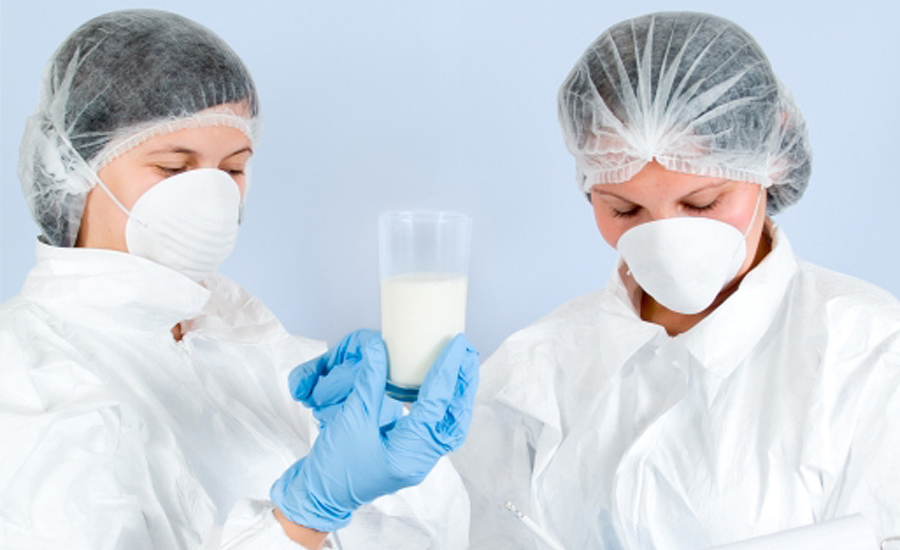When crippling capacity shortages, dense regulation and no margin for error stand between every shipment of produce and the supermarket, it’s remarkable that we can buy strawberries 365 days per year. The U.S. Census Bureau reports that over 187.7 million tons and $529.3 billion worth of temperature-controlled goods traversed the United States in 2012. While the number of botched shipments is unknown (and probably higher than we suspect), I do know that the risk of failure will increase significantly in the coming year.
Temperature-controlled shipping is a furiously complicated process, and new regulations are reducing an already strained capacity. For a shipper dealing in temperature-sensitive products, it is more critical than ever to partner with a third-party logistics provider (3PL) that boasts specialized knowledge of temperature control.
Regulation is killing capacity
This year, temperature-controlled shipping faces regulatory challenges that will have far-reaching effects on capacity. The temperature-controlled specialists who understand and prepare for these changes will be able to provide capacity and services that generalists cannot match.
First, the future of the Federal Motor Carrier Safety Administration’s (FMCSA) Hours of Service (HOS) rules are uncertain. The original provisions reduced national trucking capacity by 1% to 5%. Although the December 2014 rollback temporarily softened HOS rules, drivers are still required to take 34 hours off after driving 60-70 hours in 7-8 days (the 34-hour restart no longer has to include two consecutive periods between 1-5 a.m.). Moreover, drivers are still required to take a 30-minute break every eight hours of driving, and the rollback will expire on Sept. 30, unless Congress extends it. This means capacity in temperature-controlled shipping could be significantly lower after Sept. 30.
Second, the FDA Food Safety Modernization Act’s (FSMA) “Proposed Rule on Sanitary Transportation of Human and Animal Food” will introduce strict sanitary, training and temperature-controlled procedures that will compress the number of trucking companies willing to haul affected goods. The technological burden of accounting for every stage in the cold chain, including recorded temperatures from pickup to delivery, will simply scare carriers away.
Third and perhaps most ominous, the California Air Resources Board’s (CARB) regulations call for all trucks to have 2010-model-year engines or equivalent by 2023. Many carriers will either shut down or stay clear of California rather than comply. Given that California produces nearly half of all U.S.-grown fruits, nuts and vegetables, CARB’s effect on capacity could be dramatic.
Compound all of these regulations with the reality that trucking tonnage is on the rise, fleet size is still 17-18% below pre-recession levels and we’re facing a national shortage of 35,000-40,000 truck drivers. Yes, we’re dealing with an unprecedented capacity challenge.
The domino rally
In standard freight shipping, a 3PL can make some mistakes without damaging the product or rendering it useless. Temperature-controlled shipping is more like a domino rally; if you botch just one piece of the cold chain, it’s all over. Therefore, you need a 3PL that can manage the nuances of carrier selection, load tendering, loading, transit and delivery, regardless of national capacity.
For example, let’s say you need to move temperature-sensitive goods from California to Colorado. A smart 3PL will turn to carriers with an established history of temperature control, CARB certifications and modern equipment. When it comes to load tendering, the 3PL will make sure your products can be loaded with other goods the trucker is carrying. Tomatoes and grapes, for instance, have different temperature requirements; some frozen products require a -10°F while others call for 0°F. The smart 3PL will also prevent incompatible products from travelling together. For instance, pineapples absorb bell pepper odors, so the two should never be shipped together. If you were shipping pork or alcohol, the 3PL should be considerate of the cultural background of the individual trucker, as some will not carry those products on religious grounds.
Your 3PL should also be involved in loading. It’s up to their staff to confirm that the trailer was cleaned, as you can’t go straight from hauling fish to fresh produce or bakery items. The trailer has to be pre-cooled, and depending on the goods, may require USDA-certified seals. While the driver might know how to carry out these steps, it’s up to the 3PL to confirm that they happened. “The driver was supposed to …” is an unacceptable excuse from your 3PL.
In transit, 3PLs with advanced technology will remotely monitor the location and temperature of the truck, so they can proactively detect problems and prevent a missed delivery. The 3PL should be scanning for weather issues, road closures and anything else that could derail the delivery 24 hours a day. If the reefer truck has any issue, it might have to be repowered or even offloaded in the case of a refrigeration unit failure to make delivery time. In those moments, you better hope your 3PL has extra capacity.
Any error in this process—wrong temperature, improper sanitation, weather delays, etc.—can render the whole load of perishable goods unusable. Miss one domino, and the whole cold chain fails.
Picking your partner
Attention to detail differentiates those 3PLs who have mastered the cold chain. They prevent problems before they happen, and they preserve their credibility at all costs, even if that means flying a driver across the country to haul the goods in on time.
When picking a temperature-control specialist, make service and experience your top priorities. While cost is always a factor, the 3PLs that reserve capacity, focus on the details, respect partnerships and understand both your business and the marketplace may not be the lowest-cost providers. However, the day-to-day impact they will have on your supply chain far outweighs any transactional savings you might seek.
Use all of this information to set a minimum bar for your temperature-control 3PL. Do they understand these regulations? How do they monitor goods throughout the life of a load? When it comes to temperature control, the cost of failure is high. Find a 3PL that won’t let you down.



